Pipeline Management Software
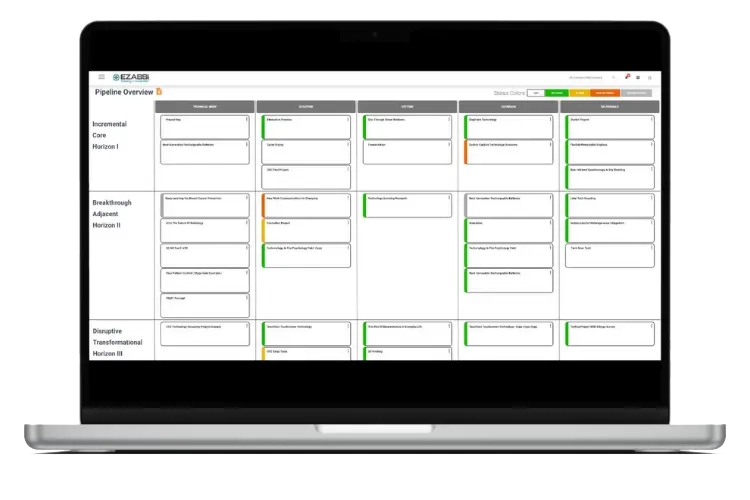
Setting the Stage for Innovation Success
When it comes time to debut a new process or product, the introduction stage is about far more than crossing items off a checklist and sending out a press release. The central goal here is to land your innovation with impact—think of it as finding the exact Goldilocks zone for your audience, whether that means internal stakeholders or the global marketplace.
At this crucial stage, you’ll want to align key players, clarify responsibilities, and make sure everyone is moving in concert. This often requires:
- Tailoring your rollout plan to fit your organization’s existing workflows and culture
- Planning for a variety of launch scenarios, from the carefully orchestrated to the delightfully chaotic
- Engaging your audience early through clear communication and targeted marketing campaigns
- Setting up measurement tools (like Trello for task tracking or Slack channels for real-time feedback) to gauge performance right from the start
Remember, launching is just the prologue. The real work begins in the moment after your idea surfaces—monitoring metrics, soliciting feedback, and remaining agile enough to adjust course as results come in. By keeping your innovation pipeline flexible and responsive, you’re not just making a splash; you’re building momentum for ongoing growth and improvement.
Common Challenges in Managing Innovation Pipelines
Let’s take a look at some perennial challenges organizations encounter with their innovation pipelines, and what you can do to navigate them:
Balancing Resources
Juggling resources between day-to-day business needs and innovation projects can feel like a circus act. Time, budget, and people are finite, so prioritizing the right projects and creating truly cross-functional teams becomes essential. Organizations often find that regularly evaluating project priorities helps prevent resource bottlenecks.
Sustaining Momentum
It’s one thing to kick off an exciting new idea. It’s quite another to keep that excitement (and progress) going all the way to execution. Establishing clear deliverables, setting achievable milestones, and keeping up regular communication can ensure nothing gets stuck in limbo. Engaged teams—nudged along by a little encouragement or friendly competition—tend to push innovations across the finish line.
Strategic Alignment
Great ideas are only as valuable as their impact on the larger business. Projects that drift away from organizational goals risk wasting effort and clouding your brand identity. Instead, the most successful teams tie their pipeline activities tightly to the broader company strategy. As PwC’s research shows, organizations that synchronize their innovation and business strategies are far more likely to see meaningful results.
Linking Innovation to Your Company’s Mission and Strategy
Clarity and Focus
When your team knows the “why,” they can channel creativity toward what truly matters. This keeps projects on track and avoids wasted resources on ideas that don’t serve your organization’s larger objectives.
Efficient Resource Allocation
With a well-aligned innovation pipeline, you can invest talent, time, and budget where they’ll have the most impact, instead of spreading resources thin.
Risk Management
Staying connected to your company’s strategy means you’re more likely to spot, address, and manage risks early—before they turn into costly surprises.
Faster, Smarter Execution
Prioritizing initiatives that line up with your vision and goals helps you bring solutions to market quickly while staying responsive to evolving needs.
Team Engagement
People want to know their work matters. When innovation serves a bigger mission, your team feels motivated and invested in outcomes.
View All Projects

Teams working Together in the Projects Details
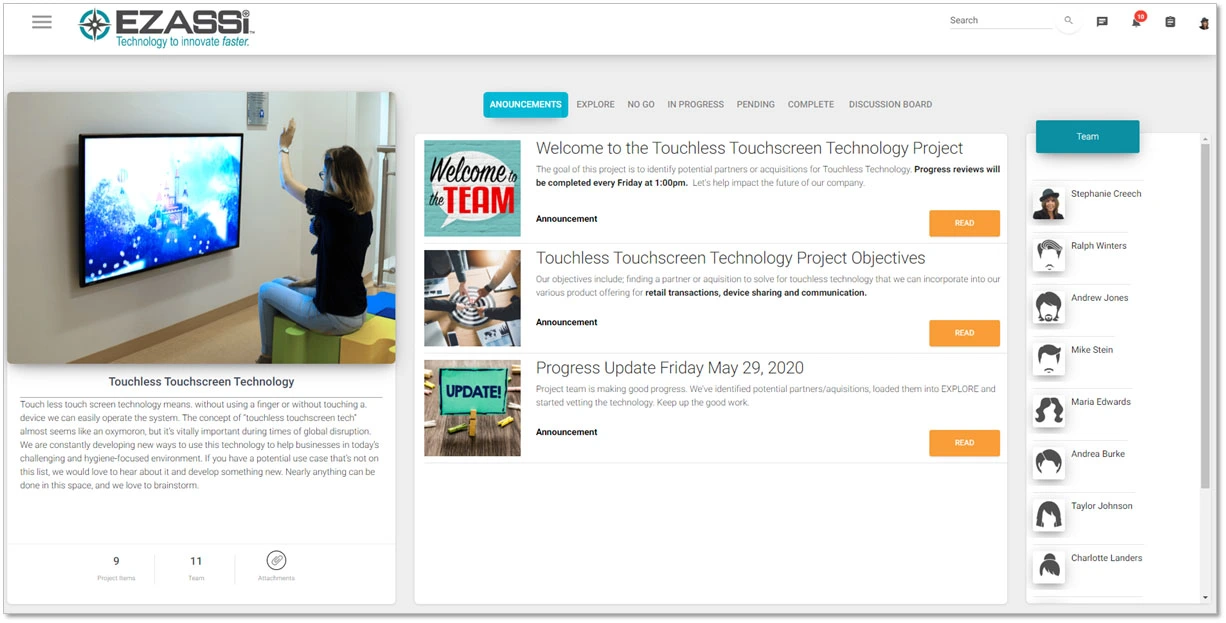
Keep your Team Informed with Announcements
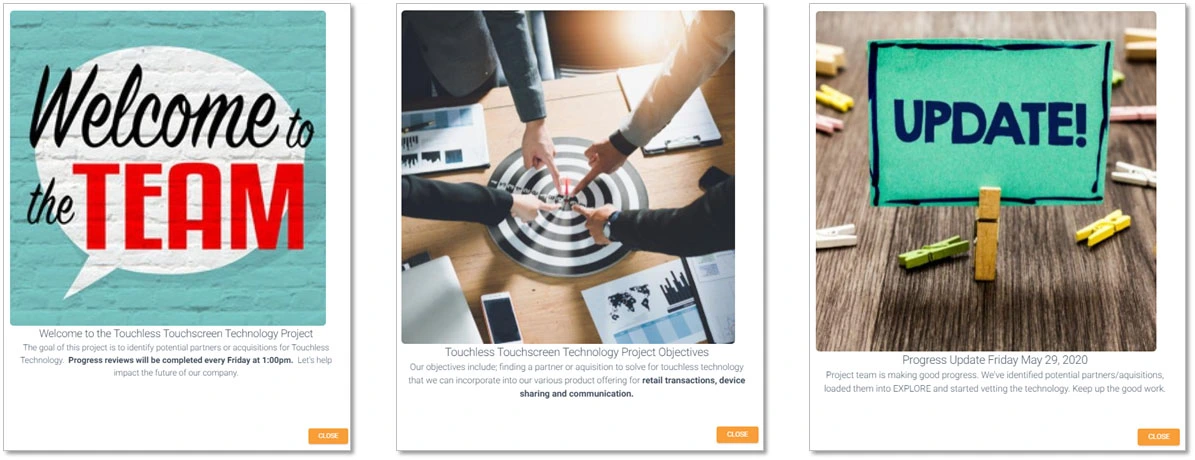
Customizable Project Phases
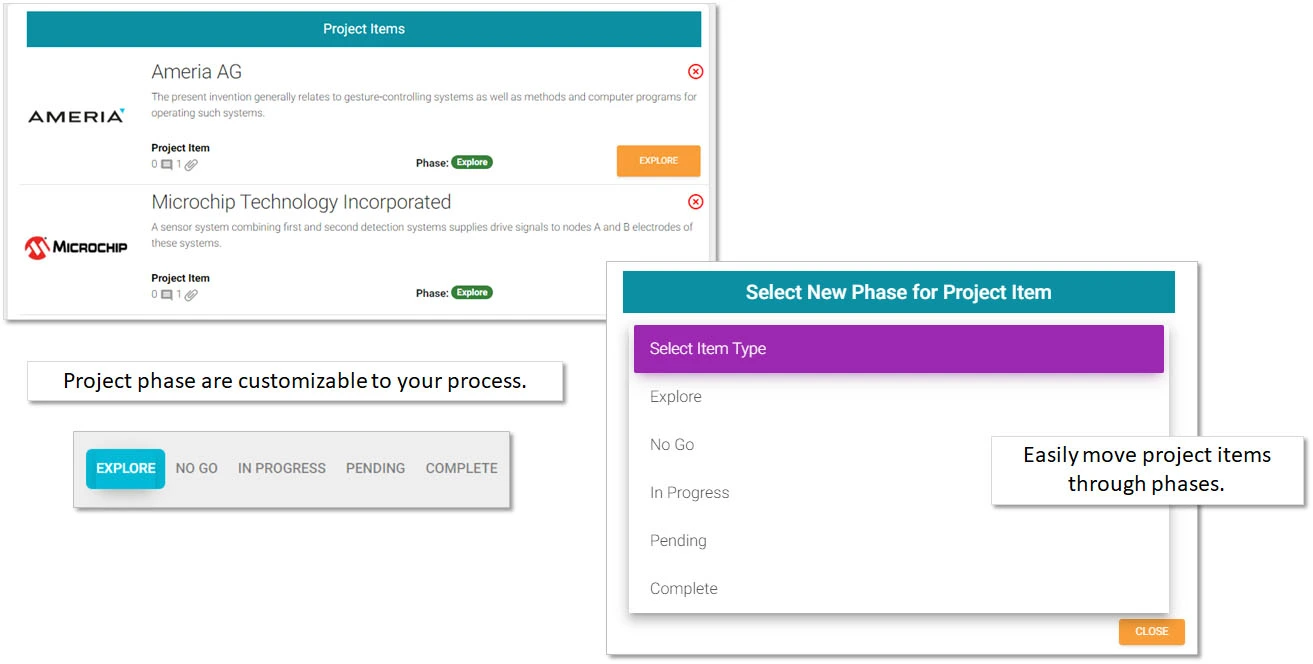
Key Steps in a Thoughtful Vetting Process
1
Welcome Wild Ideas, Then Gently Sift
First things first—let the ideas flow. This is no time for judgment; think of it as your creative open mic night. Once the wild notions are out, apply an initial screen to weed out anything technically impossible or wildly off-mission. (Hint: If it requires time travel, maybe circle back on that one.)
2
Dive Into Research and Feasibility
With a refined shortlist, it’s time to hit the books and talk to real people. Market research, surveys, and technical assessments are your best friends here. The goal? Figure out if there’s a real-world need, if the solution is doable, and if the math adds up.
3
Build, Prototype, and Test
For those ideas that shine under scrutiny, roll up your sleeves and build a prototype—however scrappy. Think Apple’s early circuit boards or Dyson’s endless rows of vacuum prototypes lining the garage. This “show, don’t tell” stage separates the plausible from the practical.
4
Final Review
Now, gather key stakeholders around the table. Weigh the potential benefits, possible risks, and the competition. Be honest: does this idea uniquely solve a real problem, and can it outshine what’s already out there? If so, it’s time for the green light.
Project Discussion Board and Chat
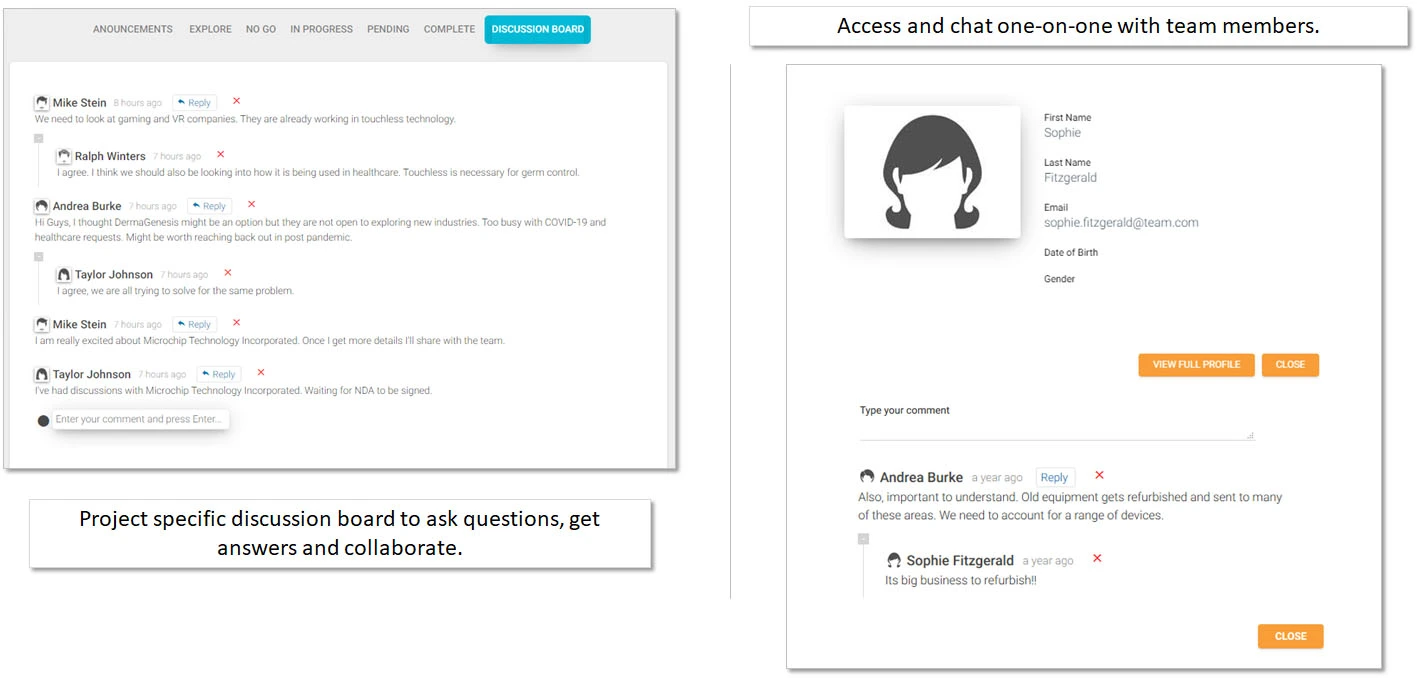
Refining the Business Plan During Incubation
Market Strategy
Lay out how you’ll reach customers, whether that’s through Amazon, direct sales, or TikTok influencer campaigns.
Pricing
Nail down a pricing model—are you going premium like Apple or playing the volume game like Walmart?
Channel Selection
Decide which sales channels make the most sense for your audience and margins.
Financial Projections
Flesh out financial forecasts with real numbers, timelines, and key milestones.
